Cleaning oysters from turtle shells

Cleaning Barnacles From Turtle Shells
🐢 Cleaning Barnacles From Turtle Shells: An Important Step in Sea Turtle Rescue
Sea turtles are some of the most iconic and endangered species in our oceans. When these gentle creatures are rescued, especially from polluted or overpopulated coastal waters, one of the first signs we often see is the presence of barnacles or barnacle-like growths on their shells.
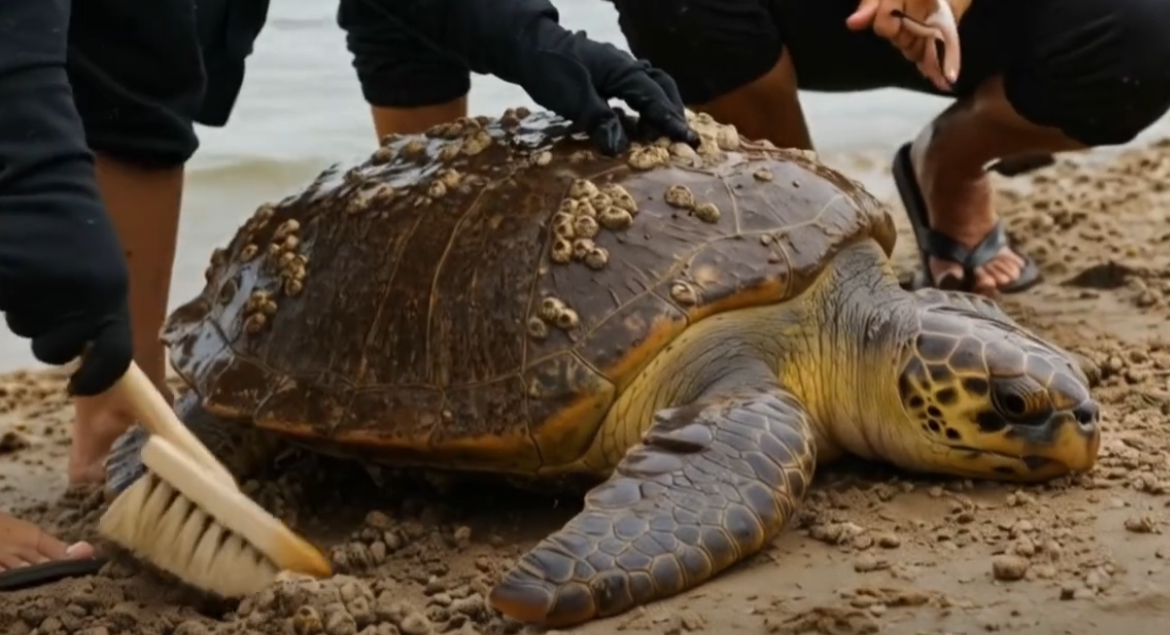
While a few barnacles or barnacles are normal for sea turtles, a severe infestation can signal deeper problems — and that’s when cleaning is necessary.
🌊 Why Do Barnacles Grow on Turtle Shells?
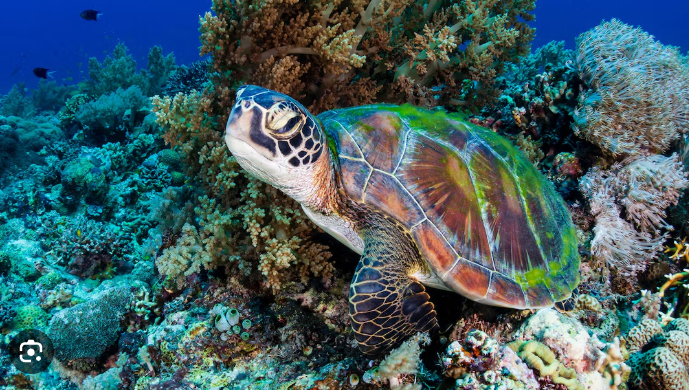
Barnacles and other immobile (immobile) marine organisms attach themselves to hard surfaces — like rocks, piers, and, unfortunately, turtle shells. Normally, a healthy turtle can fight off most attachments simply by swimming and moving around regularly. However, when turtles are sick, injured, or weakened, they may become more sluggish and spend more time at the surface or on the seafloor, allowing organisms such as barnacles to settle and grow.
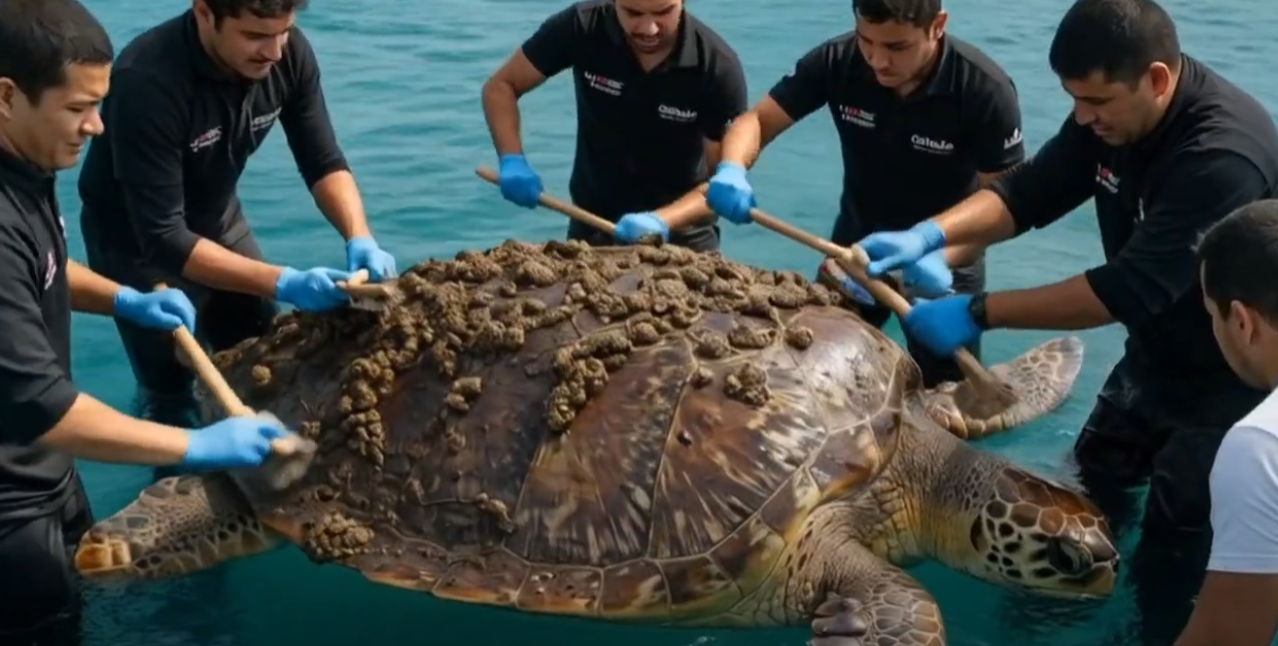
🚨 Risks of Severe Barnacle Infestation
Barnacle growth on a turtle’s shell is more than just a cosmetic issue. It can:
Restrict movement, especially if it attaches near limbs or joints
Cause shell damage, as the barnacles secrete acids to adhere to the surface
Create open wounds that can lead to infection
Indicate a serious underlying health condition (the turtle is too weak to keep clean)
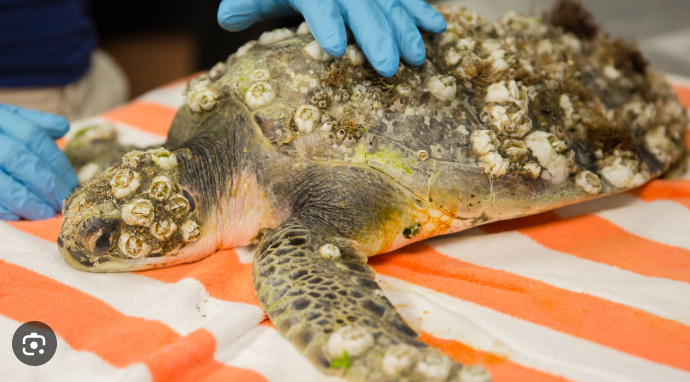
🛠️ Cleaning Procedure: How to Do It Safely
Removing barnacles from a turtle’s shell must be done carefully and professionally to avoid harming the animal. Here’s how our trained wildlife rehabilitation teams do it:
1. Initial Assessment
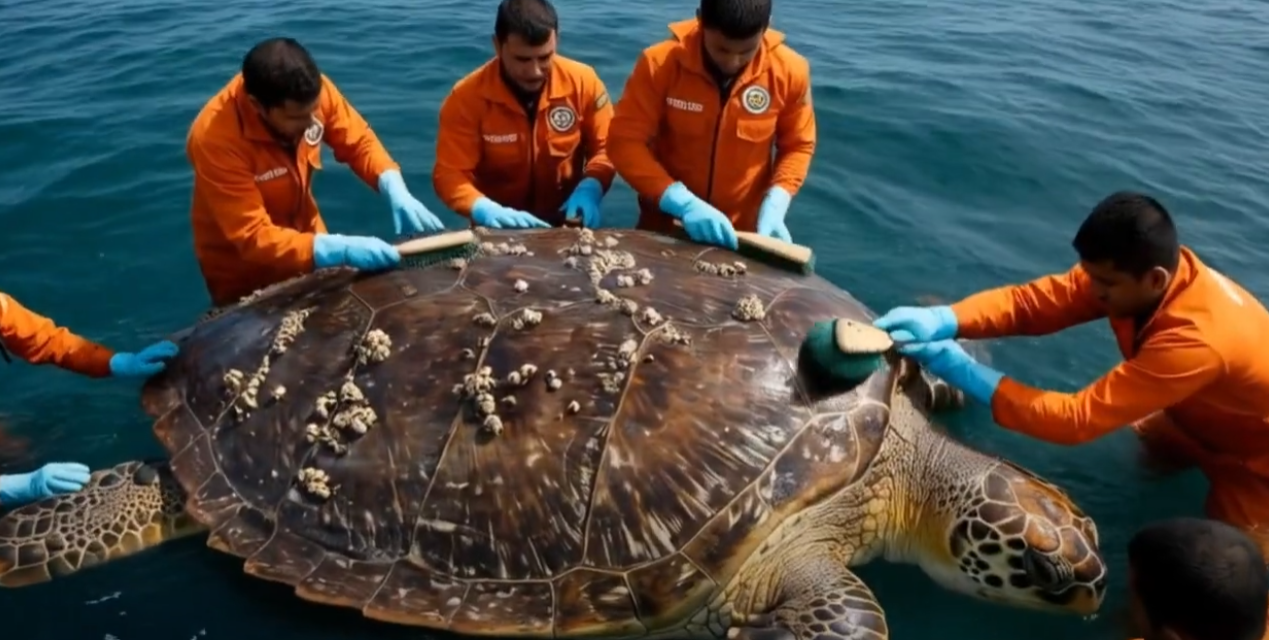
Each turtle is medically assessed. If the turtle is stable and the barnacle growth is not deep, cleaning can begin.
2. Soaking & Softening
Turtles may be soaked in fresh water to weaken the barnacle’s attachment. This also helps rehydrate the turtle after stranding or exposure.
3. Manual Removal
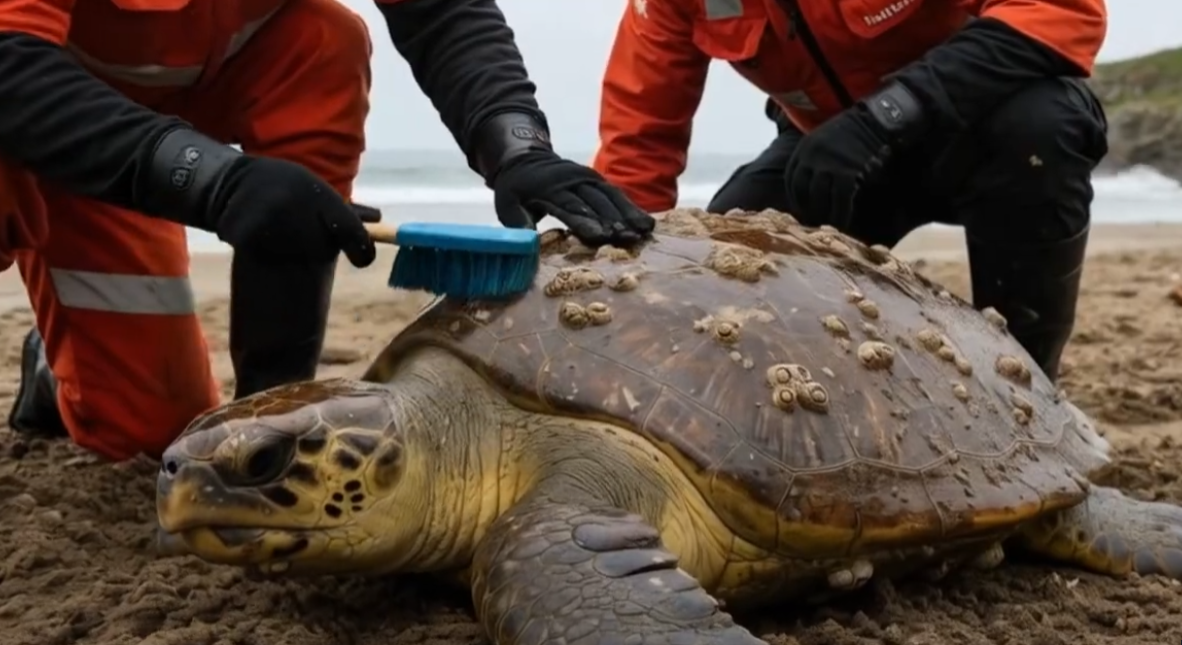
Using a plastic scraper or specialized tool, barnacles are carefully removed from the shell. If any have grown deep into the carapace (top shell), they may need to be removed in stages to avoid injury.
4. Cleaning & Processing
After removal, the shell is cleaned with an antiseptic solution. Any wounds are treated and monitored for infection.
5. Rehabilitation
After being cleaned, the turtles continue to recover in clean, filtered tanks with proper nutrition, medical support, and time to regain their health before finally being released back into the wild.
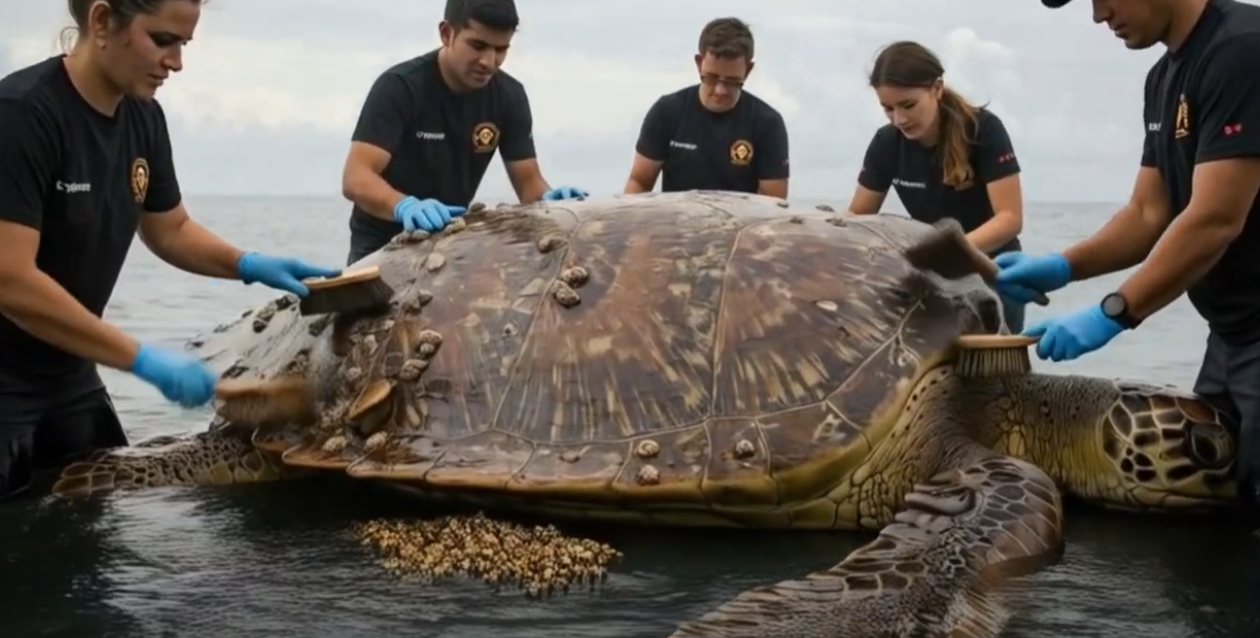
❤️ Every Clean Shell Tells a Story
Every turtle we clean is a story of survival — a second chance at life. Barnacle removal may seem small, but it is often the first and most visible step on a turtle’s road to recovery.
With the help of our dedicated rescuers, veterinarians, and your support, we can give these aging sailors a healthy shell and a future worth swimming for.





